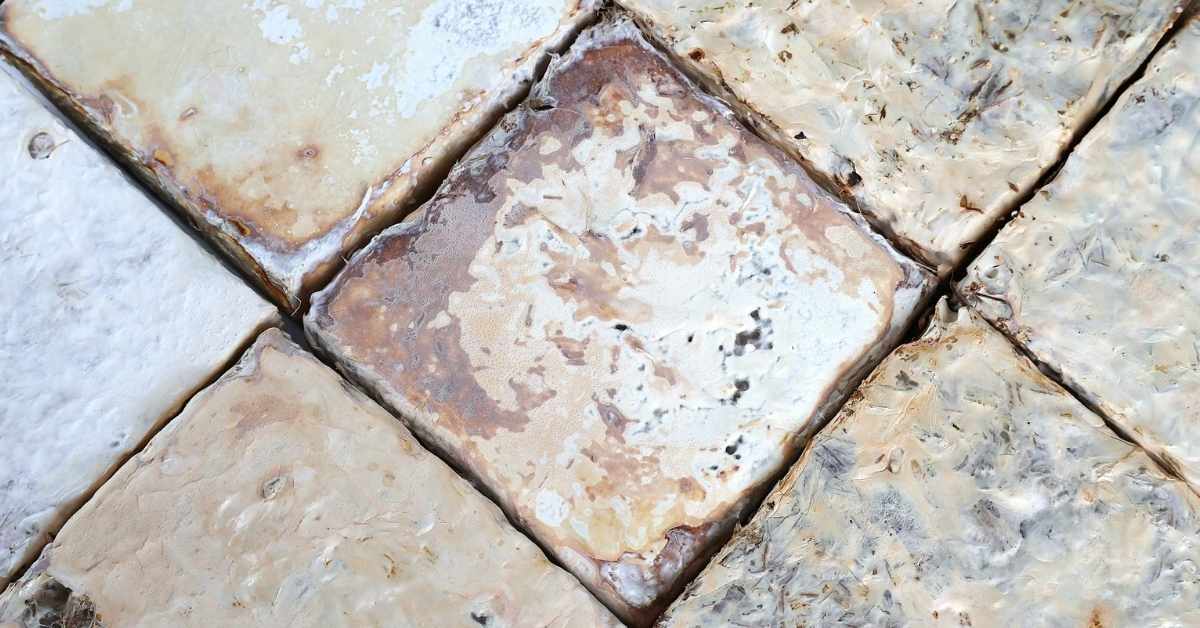Picture this: You’re at a coffee shop, in the zone working on really important work that will change the world for the better (of course), when all of a sudden… your screen goes black.
Dead battery. And no shade to coffee shops, but all the outlets on offer are being used. Sure, you could ask your neighbor for some juice — or, you could power up wirelessly with some energy from a generator in the ceiling.
Sounds like a pipe dream? Not to space solar power experimenter Ali Hajimiri and his team of researchers at Caltech. In fact, they already figured it out.
Inspired by how data transfer has gone from wired to wireless over the past two decades, democratizing access to information, Hajimiri set out to see if the same could be done to the transfer of energy.
And he took the TED2023 stage to share his findings: it absolutely can.
We’re going to stay in our lane here and summarize some of the technical details: it involves waves, a process called “interference,” and controlling timing to change the direction of where the energy is sent.

And it works; they’ve used it to power light bulbs and battery-less drones.
But they’ve got their sights set on much larger, world-changing horizons than your laptop or desk lamp.
“Now that we know we can send energy wirelessly, the question is: how far can we go?” Hajimiri asked from the TED stage. “Really, how far can we go?”
Wirelessly sending energy from space
In addition to his research, Hajimiri is currently serving as the co-director of the Space Solar Power Project, which is working to build a modular, lightweight, foldable device that collects sunlight in space, converts it into electric power, and wirelessly sends that power to Earth.
We know: Mind blown.

But solar panels in space are not a new idea. According to Hajimiri, the idea of solar panels in space first appeared in 1941 in a short, science-fiction story called “Reason” by Isaac Asimov.
The concept moved from fiction to the real world in 1968 by space pioneer Peter Glaser — he even received a patent for his idea.
Whether fiction or nonfiction, what intrigued these folks about putting solar panels in space versus, you know, the places we already do: the desert, rooftops, or farmland?
“A few reasons: first, in space, you get about eight times more energy because you don’t have day and night, you don’t have clouds, you don’t have seasons, and you don’t have atmospheric absorption,” Hajimiri explained.
More energy is a good thing, since the world’s demand for it doesn’t seem to be slowing down.
The other reason is perhaps even more exciting. Since Hajimiri’s team discovered how to send energy wirelessly wherever you want, whenever you want, “you have a dispatchable power.”
Puerto Rico gets hit by a hurricane wiping out power to the entire island? The power grids in cities across Ukraine are getting consistently attacked by Russia? A remote village in Africa with no power transmission infrastructure? They could all receive immediate access to electricity.
The possibilities for responding in emergency situations are massive — and ultimately — lifesaving.
Why aren’t we already doing it?
If you’re like us, you probably read all that and are thinking, “This sounds fantastic. The best possible use of outer space to help humanity. Let’s get some solar panels in space immediately!”
We’re with you, but unfortunately, current approaches to solar panels in space are, in Hajimiri’s words, “a big elephant.”
The current methods put massive, heavy solar panels in space to generate electricity and send that back to a hub on Earth.
And that is incredibly, prohibitively, unsustainably expensive. Like, thousands-of-dollars-per-gram expensive.
Hajimiri’s team is addressing that issue, too. Through the Space Solar Power Project, they’ve developed flexible, lightweight, fabric-like structures that can be rolled up, sent to space inside a satellite, and deployed once they get to space. They can even be rolled up in groups to form “constellations” of units that form a whole power station.

Their invention, alongside two others, was recently sent to space in a satellite as a proof of concept for the possibility of generating solar power in space and sending it back to Earth.
Hajimiri believes “this technology is too compelling to go away,” and holds a lot of promise for the future of equitable everyday and emergency access to electricity for all of humanity.
“And that is something to look forward to,” he said.
Follow along with Good Good Good’s coverage of all of the best positive news, hopeful progress, and ways to make a difference — all from TED — all week long: Instagram | Newsletter | Website
Header image courtesy of Gilberto Tadday / TED (CC BY-NC-ND 4.0)





